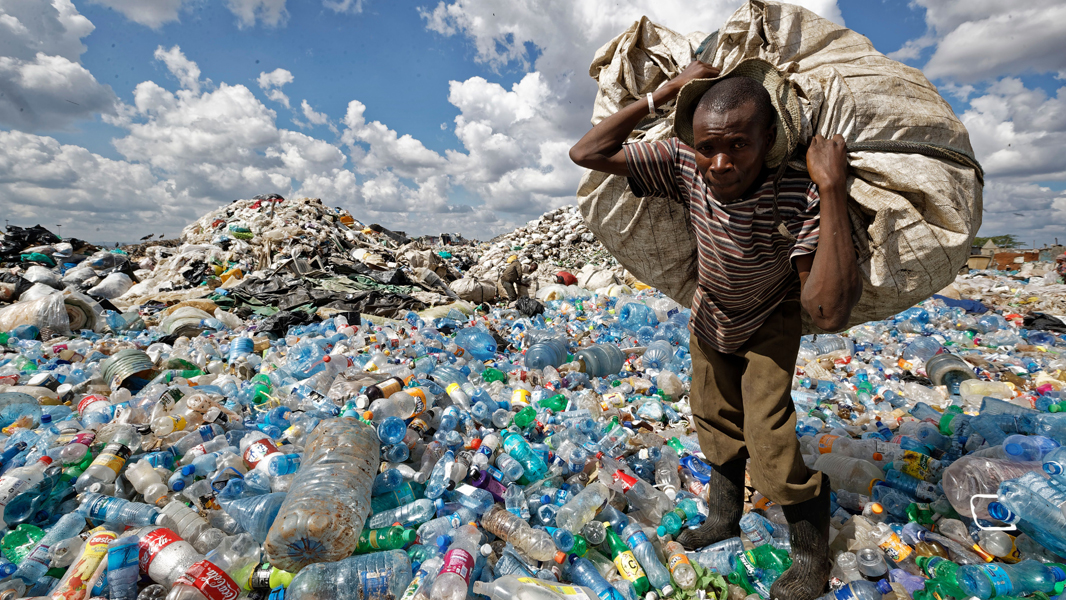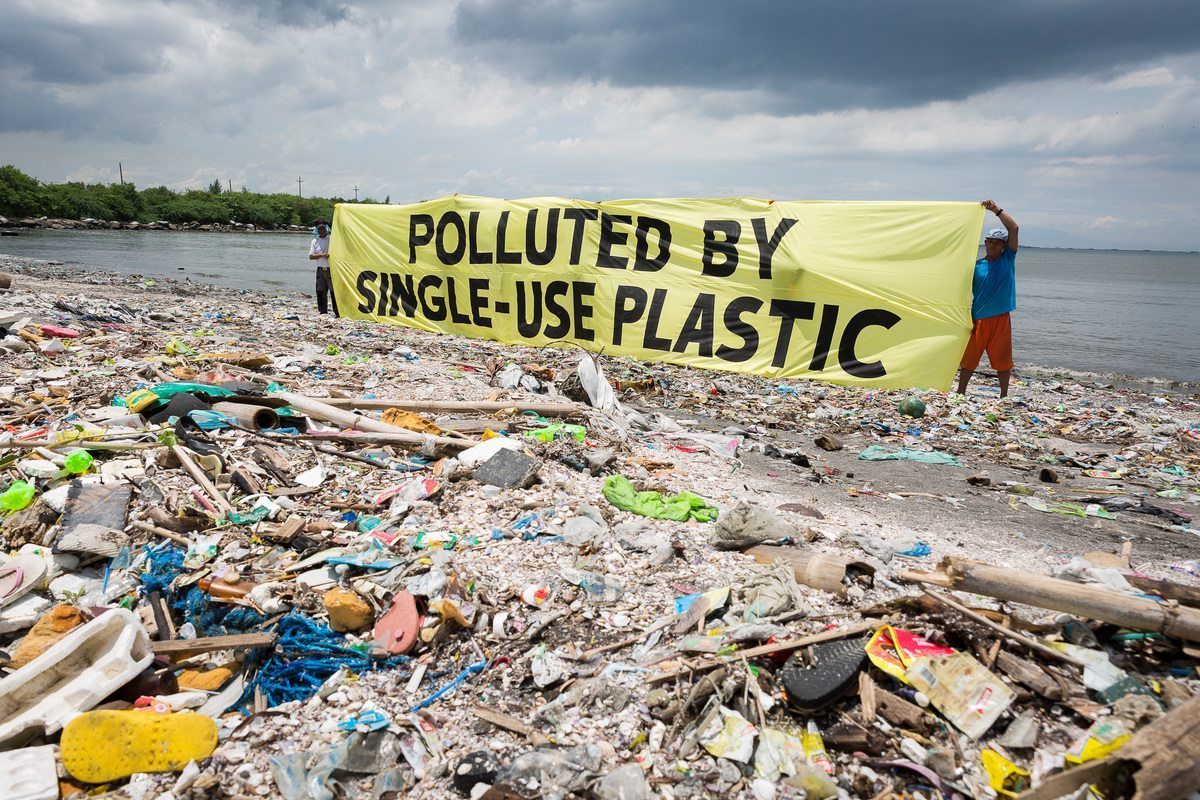Plastic pollution has become one of the most pressing environmental issues of our time. Every day, millions of tons of plastic waste end up in our oceans, rivers, and landfills, causing harm to wildlife, ecosystems, and human health. Plastic is a synthetic material that does not biodegrade, meaning it remains in the environment for hundreds of years, slowly breaking down into smaller and smaller pieces known as microplastics. The scale of plastic pollution is staggering, with some estimates suggesting that by 2050, there could be more plastic in the ocean than fish.
The origins of plastic can be traced back to the early 1900s, when the first synthetic polymer, Bakelite, was invented. Since then, the production of plastic has exploded, with global production reaching 368 million tons in 2019. While plastic has brought many benefits, such as enabling medical advances and revolutionizing the packaging industry, its widespread use has also led to significant environmental problems.
One of the primary sources of plastic pollution is single-use plastics, such as plastic bags, straws, and food packaging. These items are designed to be used once and then discarded, but they often end up in the environment, where they can take hundreds of years to break down. In addition, plastic packaging can be difficult to recycle, leading to even more waste.
Another source of plastic pollution is microplastics. Microplastics are small plastic particles less than 5mm in size, which are generated by the breakdown of larger plastic items. They can also be found in consumer products, such as cosmetics and cleaning products, which contain tiny plastic beads. Microplastics are a major concern because they can be ingested by marine animals, entering the food chain and potentially harming human health.
Plastic pollution has significant environmental consequences. Marine animals, such as sea turtles and seabirds, can mistake plastic for food, which can lead to suffocation, entanglement, and internal blockages. Plastic waste can also damage marine ecosystems, with research showing that plastic pollution can decrease the diversity and abundance of marine life.
In addition to environmental impacts, plastic pollution also has economic consequences. For example, it can harm the tourism industry by making beaches and oceans less attractive to visitors. It can also lead to increased costs for waste management and litter clean-up, which can ultimately be passed on to consumers.
Addressing plastic pollution requires a multi-faceted approach. One important step is reducing the production and use of single-use plastics. This can be achieved through policies such as plastic bag bans, which have been implemented in many countries around the world. In addition, companies can be encouraged to use more sustainable packaging materials, and consumers can be educated on the importance of reducing plastic waste.
Another key strategy is improving recycling infrastructure and increasing recycling rates. This can involve investing in recycling facilities, implementing extended producer responsibility schemes, and improving waste collection and sorting systems.
Finally, it is important to address the issue of microplastics. This can involve reducing the use of microplastics in consumer products, implementing regulations to restrict their use, and developing new technologies to remove them from the environment.
In conclusion, plastic pollution is a complex and urgent environmental issue that requires action at all levels. By reducing the production and use of single-use plastics, improving recycling infrastructure, and addressing the issue of microplastics, we can work towards a more sustainable future. It is important that individuals, governments, and businesses all play a role in addressing this critical issue.






0 Comment to "Plastic Pollution coarse"
Post a Comment